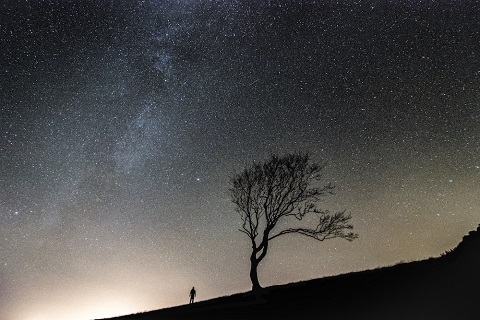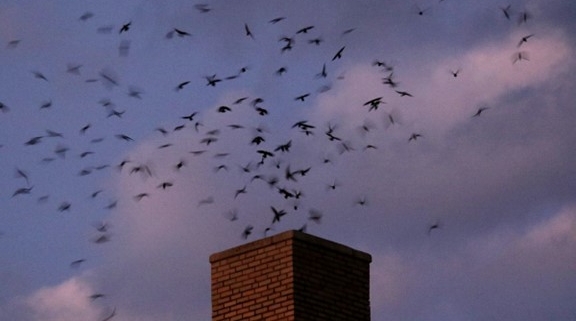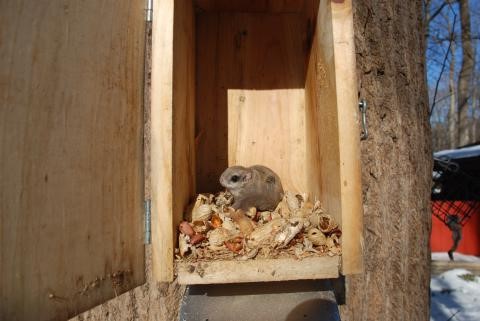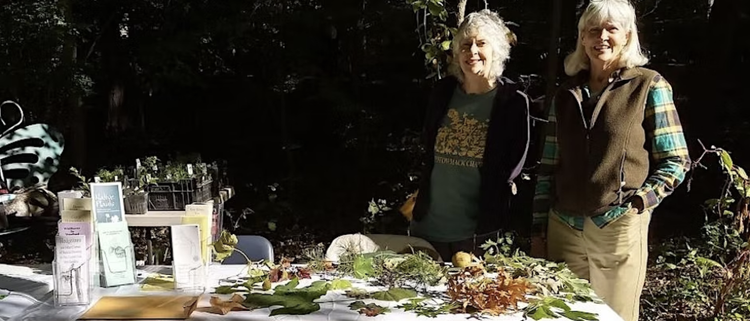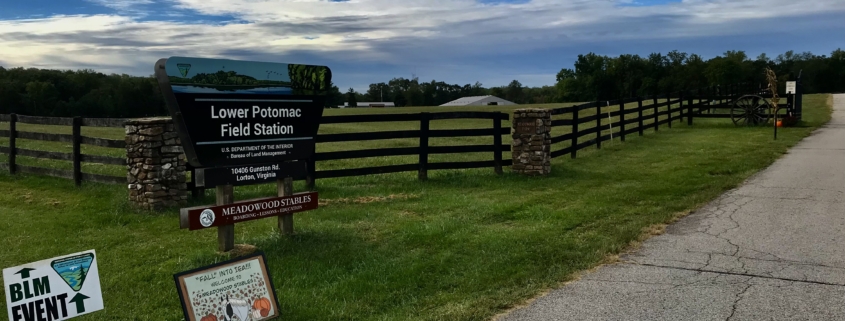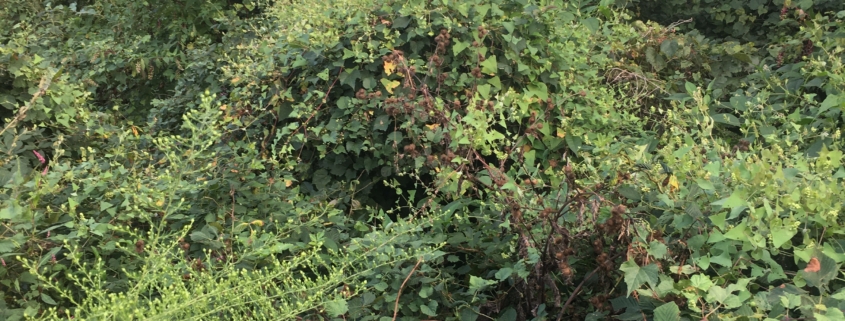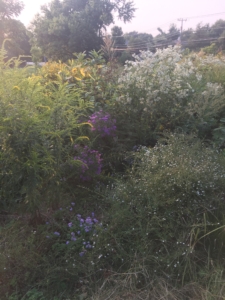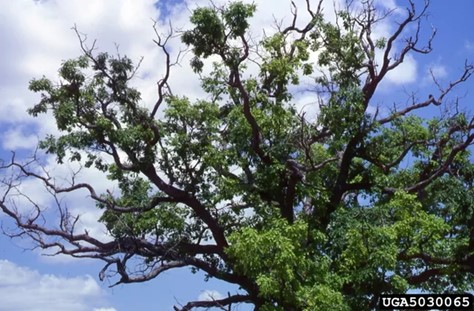(Cover photo Jerry Nissley)
FMN recently established a partnership with Meadowood Special Recreation Management Area on Mason Neck Peninsula (SRMA). The Bureau of Land Management (BLM) Eastern States Lower Potomac Field Station manages recreation and natural resources on two properties, one in Maryland and the other in Virginia. The Meadowood Special Recreation Management Area (SRMA) includes 800 acres on the Mason Neck Peninsula in Fairfax County, Virginia, is located just 25 miles south of Washington, D.C. Mason Neck State Park, Pohick Bay Regional Park, Elizabeth Hartwell Mason Neck National Wildlife Refuge, and Gunston Hall historic mansion are also located on the peninsula. The peninsula is formed by Gunston Bay to the north, Potomac River to the east, and Belmont Bay to the south.
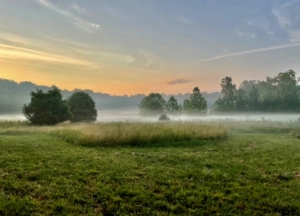
Morning Meadow (courtesy BLM)
The SRMA landscape contains a variety of terrains and vegetation types. These include gently sloping open meadows, mature hardwood forests along steep slopes, floodplains, and riparian areas, as well as freshwater ponds and streams. Red and white oak, beech, sweet gum, Virginia pine, and persimmon, which are common sights in mid-Atlantic woodlands, appear throughout the forests at Meadowood. The ponds, streams and riparian areas in the SRMA host a wide variety of insects, fish and other wildlife.
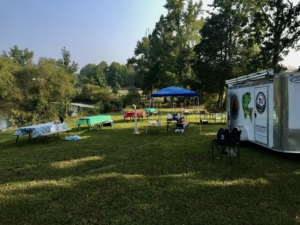
Veterans group, Fishing Community Org (FCO), ‘Fishing On Public Lands’ Event (photo Jerry Nissley)
BLM and the State of Virginia survey the population in the fishing ponds periodically, and restock them when needed. Grass-eating carp are among the species stocked in the ponds; they cannot reproduce, and they eat invasive aquatic weeds, which would otherwise overwhelm small ponds. In addition to stocked species, the American eel appears in the area’s ponds and streams and serves as an attractant to the local Bald eagles. Migrating waterfowl such as various ducks species, Canada geese, egrets, and herons commonly occur at water features. Dragonflies and butterflies are abundant at and near the ponds and meadows. Whitetail deer, Fox squirrels, Red fox, and coyotes abound throughout Meadowood. Moreover, the North American beaver makes the occasional appearance in the floodplains of Thompson Creek, Giles Run and South Branch as well as at Enchanted Pond.

Mountain bike trail ramp (courtesy BLM)
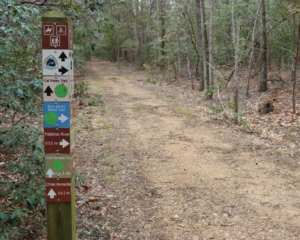
Miles of well marked multi-use trails (courtesy BLM)
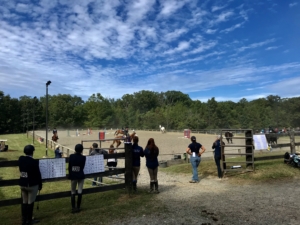
Equestrian competition (photo Jerry Nissley)
The Meadowood Area encompasses 13.4 miles of hiking trails, 7 miles of horseback riding trails, 6.6 miles of mountain biking trails, and a large equestrian center. Meadowood hosts a universally accessible trail to two fishing ponds, 800 acres of forest and meadows, environmental education programs, horse boarding stable, geocaching, picnic areas, and bird watching sites. Portions of both the Washington-Rochambeau National Historic Trail and the Potomac Heritage National Scenic Trail wind their way through the managed hiking area.
The environmental education programs are developed for homeschoolers, public and private schools, local 4-H groups, and community agencies. Programs consist of bird identification, fishing, habitat hikes, tree identification, Urban Leave No Trace, tracking, invasive weed removal, clean-up days, and many other outdoor environmental educational activities.

FMN/BLM tree planting team. National Public Lands Day. (Courtesy Ryan Sierra Jackson)
In conjunction with National Public Land Day, FMN helped the Meadowood team in our inaugural service project with them by planting trees and shrubs, trimming the pollinator garden, and general landscape maintenance around the Mustang Trailhead pavilion. Thank you to FMN volunteers Monica Hoffman, Amy Eisenmenger and her husband, and Steve Tryon and his wife for pitching in. Future service opportunities will present themselves so be sure watch for FMN announcements. Please contact Meadowood directly to inquire about open volunteer opportunities or becoming a regular volunteer. Ryan Sierra Jackson at [email protected] is the volunteer coordinator.
FMN welcome’s Meadowood as a chapter partner and created both a Service Code and a CE code for future opportunities.
Service hours may be entered under – S175: Meadowood SRMA Service Projects – – Bureau of Land Management
CE hours may be entered using the category All Continuing Education and then Bureau of Land Managment as the approved CE organization. Please enter project description and/or CE title when recording hours.


